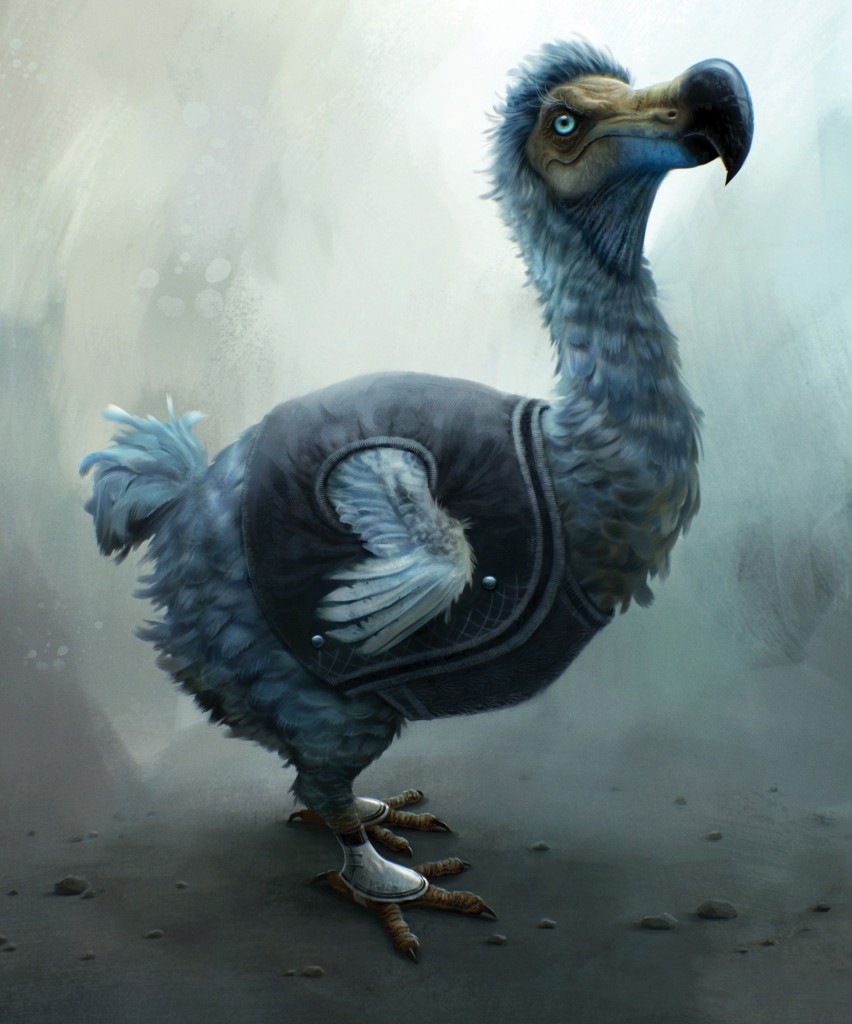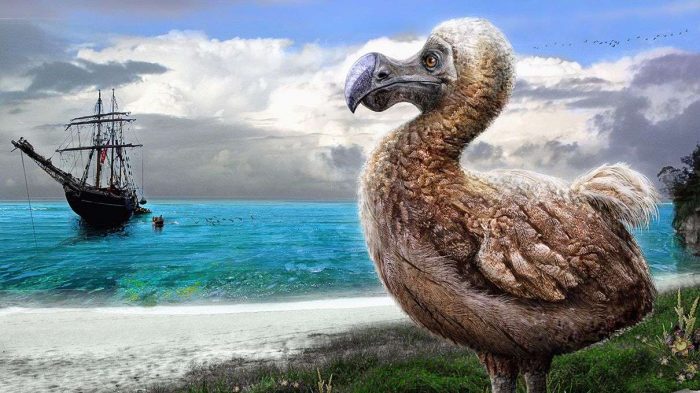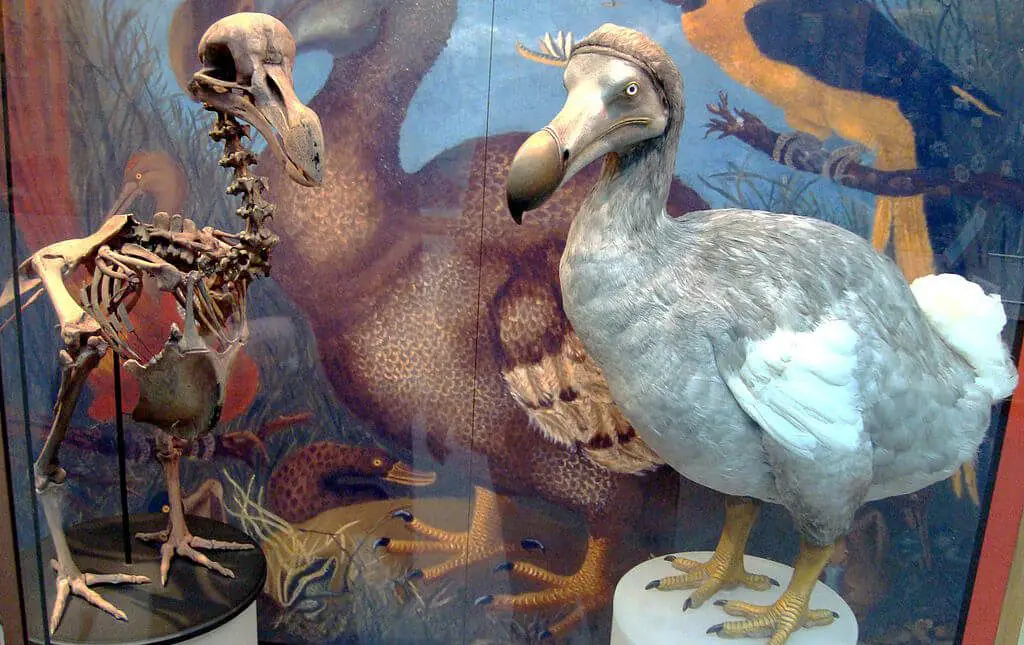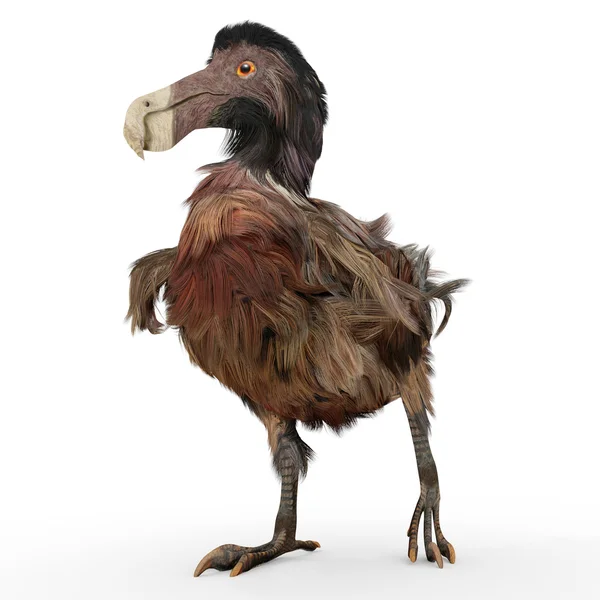
At the time, nobody much noticed or cared. The last recorded sighting of the bird, now known as the dodo, was in 1662. Its chicks and eggs had been predated remorselessly by invasive rats, cats, dogs and pigs, and its habitat on the once-pristine paradise of Mauritius was destroyed.

Within a century, however, it was no more. The walghvogel, meaning “tasteless bird”, was off the hook – for now. They killed and ate some, but the meat was no good, so they killed and ate some parrots and pigeons instead. The crew put ashore and discovered an abundance of wildlife, including “a great quantity of foules twise as bigge as swans”.

IN 1598, a squadron of Dutch ships landed on an uninhabited island in the middle of the Indian Ocean. Philadelphia: Wildlife Preservation Trust International, 1985.Despite its eventful existence, the Oxford specimen is the only dodo with preserved soft tissues. The "delightfully beautiful" Rodriguez solitaire ( Pezophaps solitarius ), found on the island of Rodriguez 300 mi (483 km) east of Mauritius, was also widely hunted for food and disappeared by about 1780.ĭay, David. The Reunion solitaire ( Ornithoptera solitarius ) was favored by humans for eating and was hunted to extinction by about 1700.

The white dodo ( Victoriornis imperialis ) inhabited Reunion, 100 mi (161 km) southwest of Mauritius, and seems to have survived up to around 1770. Three other related species of giant, flightless doves were also wiped out on nearby islands. When the bird ate the fruit, the hard casing of the seed was crushed, allowing it to germinate when expelled by the dodo. The fruit of this tree was an important food source for the dodo. Apparently, a symbiotic relationship existed between the birds and the plants. Interestingly, while the dodo tree ( Calvaria major ) was once common on Mauritius, the tree seemed to stop reproducing after the dodo disappeared, and the only remaining specimens are about 300 years old. By 1680, the last remnant survivors of the species were "as dead as a dodo." The few dodos in inaccessible areas that could not be found by the colonists were eliminated by the animals introducedīy the settlers. When the island became a Dutch colony in 1644, the colonists engaged in a seemingly conscious attempt to eradicate the birds, despite the fact that they were not pests or obstructive to human living.

The dodos were subjected to regular slaughter by sailors, but the species managed to breed and survive on the remote areas of the island. The Dutch followed the Portuguese and made the island a Dutch possession in 1598 after which Mauritius became a regular stopover for ships traversing the Indian Ocean. Unwary of predators, the birds would walk right up to human visitors, making themselves easy prey for sailors hungry for food and sport. The Portuguese are credited with discovering Mauritius, where they found a tropical paradise with a unique collection of strange and colorful birds unafraid of humans: parrots and parakeets, pink and blue pigeons, owls, swallows, thrushes, hawks, sparrows, crows, and dodos. The dodo became extinct due to hunting by European sailors who collected the birds for food and to predation of eggs and chicks by introduced dogs, cats, pigs, monkeys, and rats. The dodo did not have natural enemies until humans discovered the island in the early sixteenth century. A member of the dove or pigeon family, and about the size of a large turkey, the dodo was a grayish white bird with a huge black-andred beak, short legs, and small wings. One of the best known extinct species, the dodo ( Raphus cucullatus ), a flightless bird native to the Indian Ocean island of Mauritius, disappeared around 1680.


 0 kommentar(er)
0 kommentar(er)
